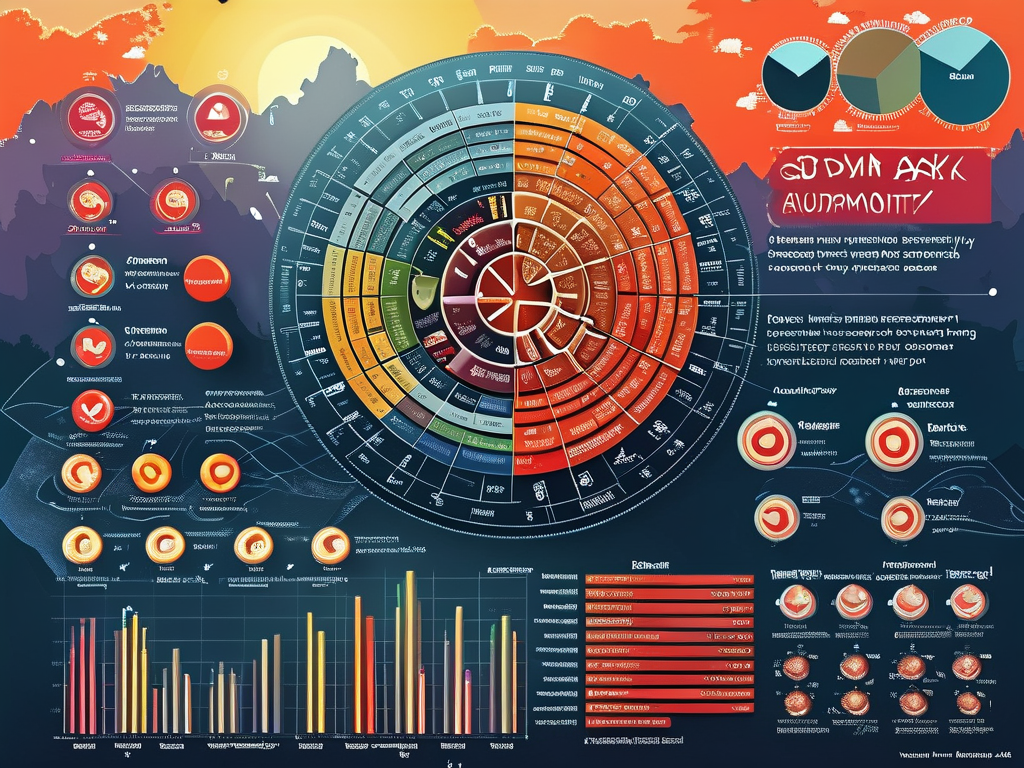In the era of digital transformation, data masking has become a cornerstone of modern privacy protection strategies. Organizations handling sensitive information must implement robust desensitization methods to comply with regulations like GDPR and CCPA while maintaining data utility. This article explores widely adopted anonymization algorithms and their practical implementations.

Hashing Mechanisms
Cryptographic hash functions like SHA-256 are fundamental for irreversible data masking. Unlike encryption, hashing converts sensitive strings into fixed-length digests without recovery options. A typical Python implementation for email masking might look like:
import hashlib
def mask_email(email):
return hashlib.sha256(email.encode()).hexdigest()[:15] + "@domain.masked"
This approach preserves data uniqueness for analytics while preventing reverse engineering. However, rainbow table attacks necessitate combining hashing with salting techniques for enhanced security.
Character Masking
Partial obscuring replaces specific segments of sensitive data with constant symbols. Credit card numbers are commonly masked by retaining only the last four digits (e.g., ---6789). This visual masking balances readability with protection, particularly useful in customer service interfaces. Advanced implementations employ dynamic patterns that adapt to different data formats, such as varying phone number structures across regions.
Tokenization Systems
This reversible technique substitutes original values with non-sensitive equivalents through token vaults. Payment processors often use tokenization to protect credit card details during transactions:
def tokenize(data, vault):
token = generate_unique_token()
vault[token] = data
return token
While maintaining referential integrity, tokenization introduces infrastructure complexity requiring secure storage solutions for the mapping vault.
Data Perturbation
Numerical data protection often employs mathematical transformations. Adding controlled random noise (±5%) to financial figures preserves statistical validity while preventing individual identification. Differential privacy mechanisms take this further by incorporating mathematical guarantees of anonymity, crucial for research datasets.
Synthetic Data Generation
AI-driven pattern replication creates artificial datasets mirroring original statistical properties. Generative adversarial networks (GANs) can produce synthetic patient records that maintain diagnostic patterns without exposing real individuals. This approach is gaining traction in machine learning workflows needing large training datasets.
Format-Preserving Encryption (FPE)
Algorithms like FF3-1 maintain data structure during encryption, transforming "2023-08-15" into "1997-12-03" while keeping date format intact. This proves valuable for legacy systems requiring specific data patterns. However, FPE requires careful key management to prevent cryptographic vulnerabilities.
Dynamic Contextual Masking
Modern systems implement role-based masking where visibility depends on user permissions. A bank employee might see full account numbers, while an external auditor only accesses masked versions. This granular control combines multiple techniques through policy engines that evaluate access requests in real-time.
When selecting masking strategies, organizations must consider multiple factors. Data utility requirements dictate whether to use reversible methods like tokenization or irreversible hashing. Performance impacts vary significantly - basic character masking adds negligible latency, while synthetic data generation demands substantial compute resources. Regulatory frameworks often mandate specific approaches; healthcare data frequently requires HIPAA-compliant encryption rather than simple masking.
Emerging hybrid models combine multiple techniques, such as encrypting identifiers while perturbing numerical values. Cloud providers now offer integrated masking services that automatically apply appropriate methods based on data classification tags. As privacy regulations evolve, adaptive masking systems that learn from data access patterns are becoming essential for future-proof compliance.
The ultimate goal remains finding the equilibrium between data protection and usability. Regular audits of masking effectiveness should accompany technological implementations, ensuring methods evolve with emerging threats. By strategically combining these algorithms, organizations can build defense-in-depth privacy architectures that withstand both current and future challenges in data security.









